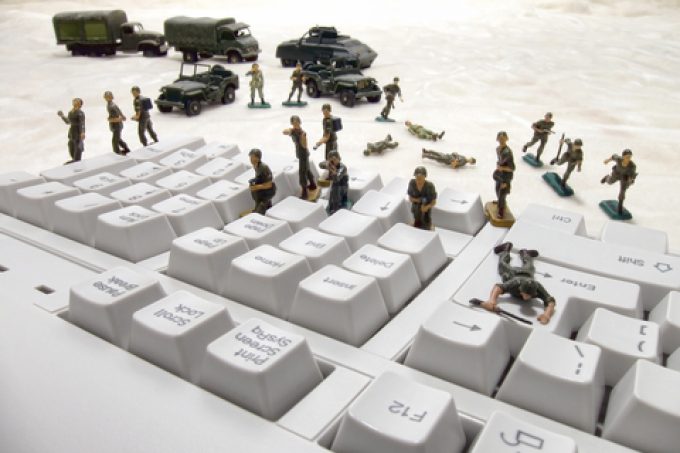US CBP sees 90% fall in revenue last month; airfreight sees ecomm slide
February may have been the month in which the US suspended its de minimis exemption ...

In the week that CMA CGM suffered a data breach, eyes are once again on cyber security.
But while the shipping lines (eg Maersk) and forwarders (ECU Worldwide, Toll Group) have taken the vast majority of headlines, the threat in air cargo is also high.
Between 2019 and 2020, there was a 530% increase in cyber attacks reported to Eurocontrol, while there were 775 cyber attacks on airlines in 2020 – and just 150 at airports.
Some 95% of these attacks were financially ...
Asia-USEC shippers to lose 42% capacity in a surge of blanked sailings
USTR fees will lead to 'complete destabilisation' of container shipping alliances
New USTR port fees threaten shipping and global supply chains, says Cosco
Outlook for container shipping 'more uncertain now than at the onset of Covid'
Transpac container service closures mount
DHL Express suspends non-de minimis B2C parcels to US consumers
Zim ordered to pay Samsung $3.7m for 'wrongful' D&D charges
Flexport lawsuit an 'undifferentiated mass of gibberish', claims Freightmate

Comment on this article